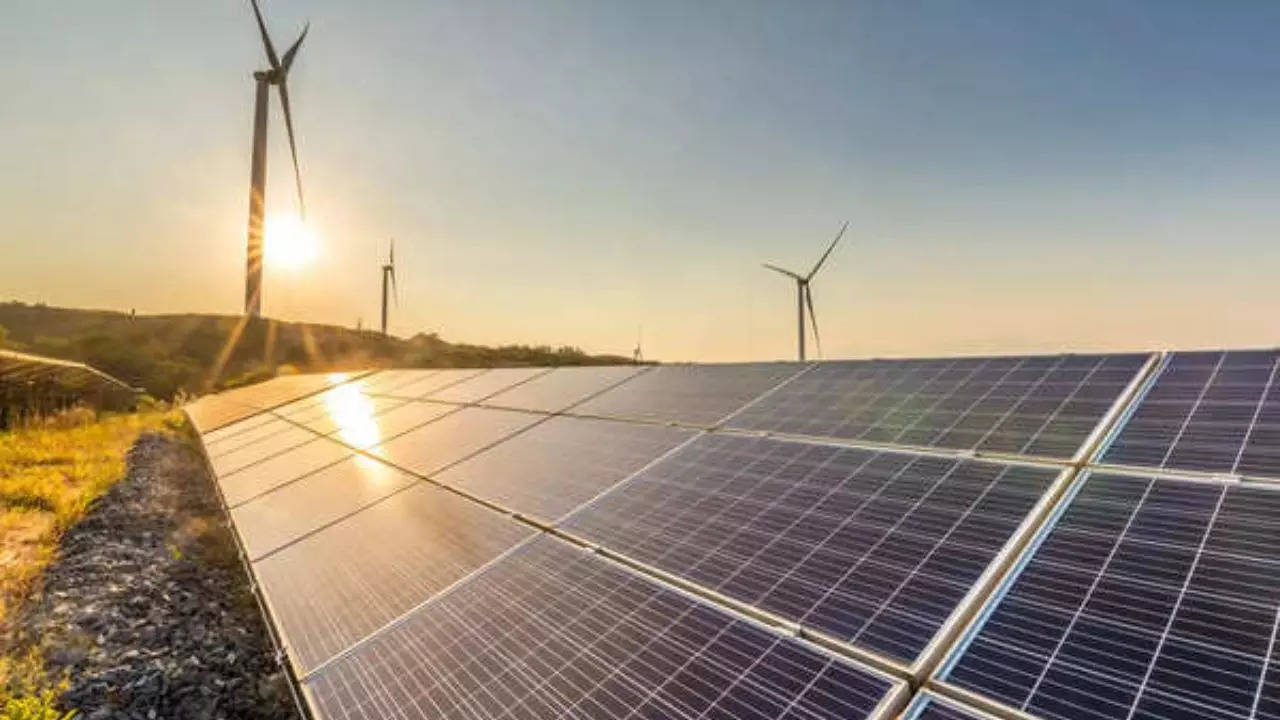[ad_1]
The problem of renewable vitality storage
One vital impediment in transitioning to a clear vitality grid is the intermittency of renewable sources.Photo voltaic panels can’t generate energy when it’s cloudy, and wind generators are ineffective with out wind. At instances, the manufacturing of renewable vitality exceeds demand, necessitating environment friendly storage options to stability technology and consumption. A mixture of applied sciences, from numerous battery varieties to different storage strategies, is important to boost capability.
Introducing battery skyscrapers
In late Might, Skidmore, Owings & Merrill (SOM), famend for designing a number of the world’s tallest buildings, introduced a collaboration with Power Vault, an vitality storage firm, to develop gravity-based vitality storage options. These skyscrapers, doubtlessly starting from 300 to 1,000 metres (985 to three,300 ft) in top, will characteristic mechanisms to retailer electrical energy as potential vitality utilizing large blocks. Throughout low vitality demand durations, these blocks are elevated, storing vitality. When demand peaks, the blocks are lowered, changing the potential vitality again into electrical energy for consumption.
Reaching internet zero emissions by 2050 would require vital developments in grid-scale storage applied sciences, which might retailer and deploy vitality as wanted. Whereas lithium-ion batteries are helpful for short-term storage, they can’t maintain vitality for prolonged durations. Pumped storage hydropower, which entails pumping water to a better elevation throughout off-peak hours and releasing it to generate electrical energy when wanted, is efficient however requires particular terrain and house. SOM and Power Vault are exploring integrating such strategies into skyscrapers alongside the gravity storage design.
Financial viability and future prospects
Power Vault has already applied a 150-metre-tall (492 ft) vitality storage system in China, demonstrating the viability of commercial-scale gravitational storage. Nonetheless, some specialists query whether or not the economics of skyscraper batteries will work because of the required house and structural modifications. Regardless of this, Power Vault and SOM stay optimistic about their industrial potential.
Addressing carbon footprint and urbanisation
Tremendous-tall buildings contribute to carbon emissions however, integrating renewable vitality storage may assist mitigate their carbon footprint. Improvements in constructing supplies and designs, reminiscent of inexperienced towers lined in vegetation, additionally goal to scale back emissions. As urbanisation drives the demand for high-rise building, energy-efficient skyscrapers may play a vital position in sustainable improvement.
Additionally Learn | Exploring Zealandia: The hidden 8th continent beneath the waves
[ad_2]
This Submit might comprise copywrite



